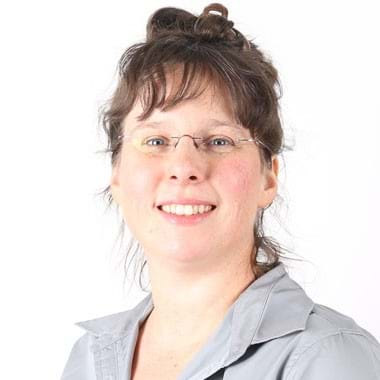NPK fertilizer trials on barley on mineral soils in Québec

Christine Landry
Researcher, agr., Ph.D.
418 643-2380
ext 640
Description
Growing barley is an important economic activity in many of Québec’s agricultural regions. According to data from Institut de la statistique du Québec, 73,000 ha were seeded in 2012, for a total production of 234,000 tons. In 2011, barley was grown on 3,175 farms, generating over $18 million in revenues. Therefore using fertilization charts that recommend doses that exceed the crop’s actual needs and the capacities of receiving environments to absorb them could cause serious agronomic and environmental impacts. So it was of some concern that the fertilization chart in Québec’s fertilization guide had been developed over the course of thirty years in cooperation with industry stakeholders and recommendations for the three main elements had not recently been tested in scientific field trials. In the case of nitrogen, recommendations varied significantly from 40 to 80 kg per ha. So for example, if based on this recommendation a surplus of 20 kg N per ha had been used on 73,000 ha, 1.5 million kilos of excess N would have been applied, with the associated environmental risks and economic loss. Therefore recommended doses of N, P, and K needed to be questioned, especially since cultural practices and fertilizers had changed since these doses were established. The grain industry needed more information on these recommendations given contemporary sustainable development objectives. Due to a lack of information, fertilization programs were not consistent among Québec producers, who did not necessarily consult the same information sources.
Objective(s)
- Gather data on the nutritional requirements of barley to better equip producers, extension agents, and other industry stakeholders.
- Based on the new data, the NPK fertilization chart was updated in line with current agronomic and environmental concerns. At the same time, the new chart helped make Québec farms more competitive. In the current economic context, this last point is particularly important. With the rise in oil prices, the cost of fertilizer has risen significantly in past years, and this trend may continue, making it even more important to optimize nutrient inputs. The knowledge this project has generated will help the grain industry produce quality products in response to consumer demand for healthy, higher-quality food. This will reinforce growth opportunities in the grain industry, which plays an important role in Québec agriculture.
From 2013 to 2017
Project duration
Field crops
Activity areas
Soil health, Water protection, Fertilizer management
Services
This project will help the grain industry ensure the quality of its products.

Partners
Clubs conseils en agroenvironnement | Ministère de l’Agriculture, des Pêcheries et de l’Alimentation du Québec
This may interest you
Promoting undersown clover cover crops in small grain production: A network of farm demonstration plots across Québec
Demonstration project to showcase the ability of undersown clover cover crops to reduce nitrogen fertilizer requirements in crops.
Researcher: Marc-Olivier Gasser

A study on synchronizing the supply of n from green manure in order to reduce or replace the use of swine slurry as a fertilizer for post-emergent corn, in the context of the transition to organic farming
This project’s main goal is to demonstrate how to satisfy most of the requirements of a strongly N-dependent crop by improving N-supply synchronization, while protecting the farmers’ prior year revenue-generating window.
Researcher: Christine Landry




